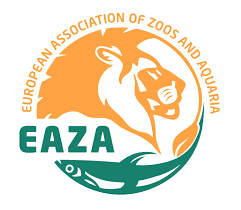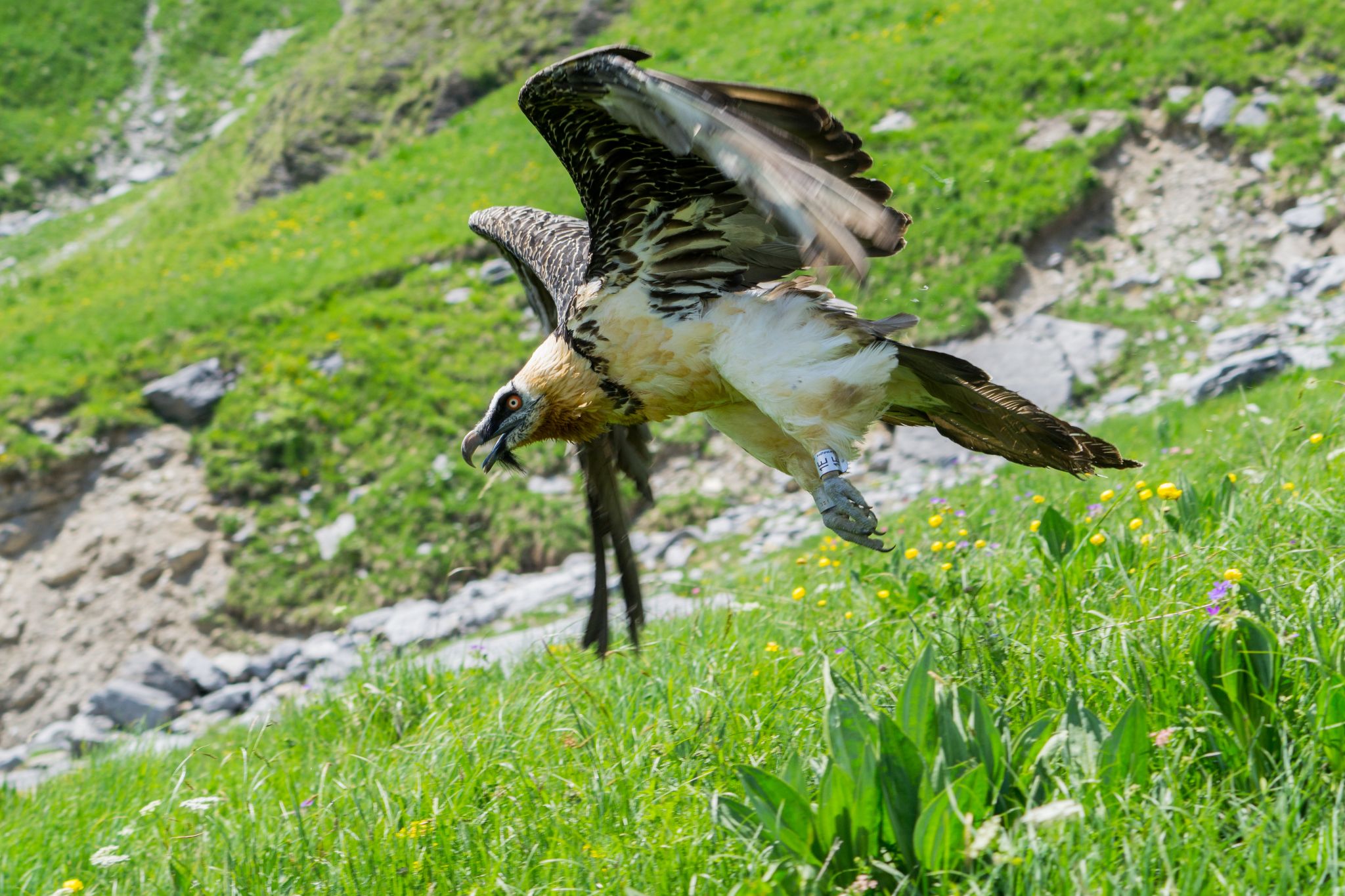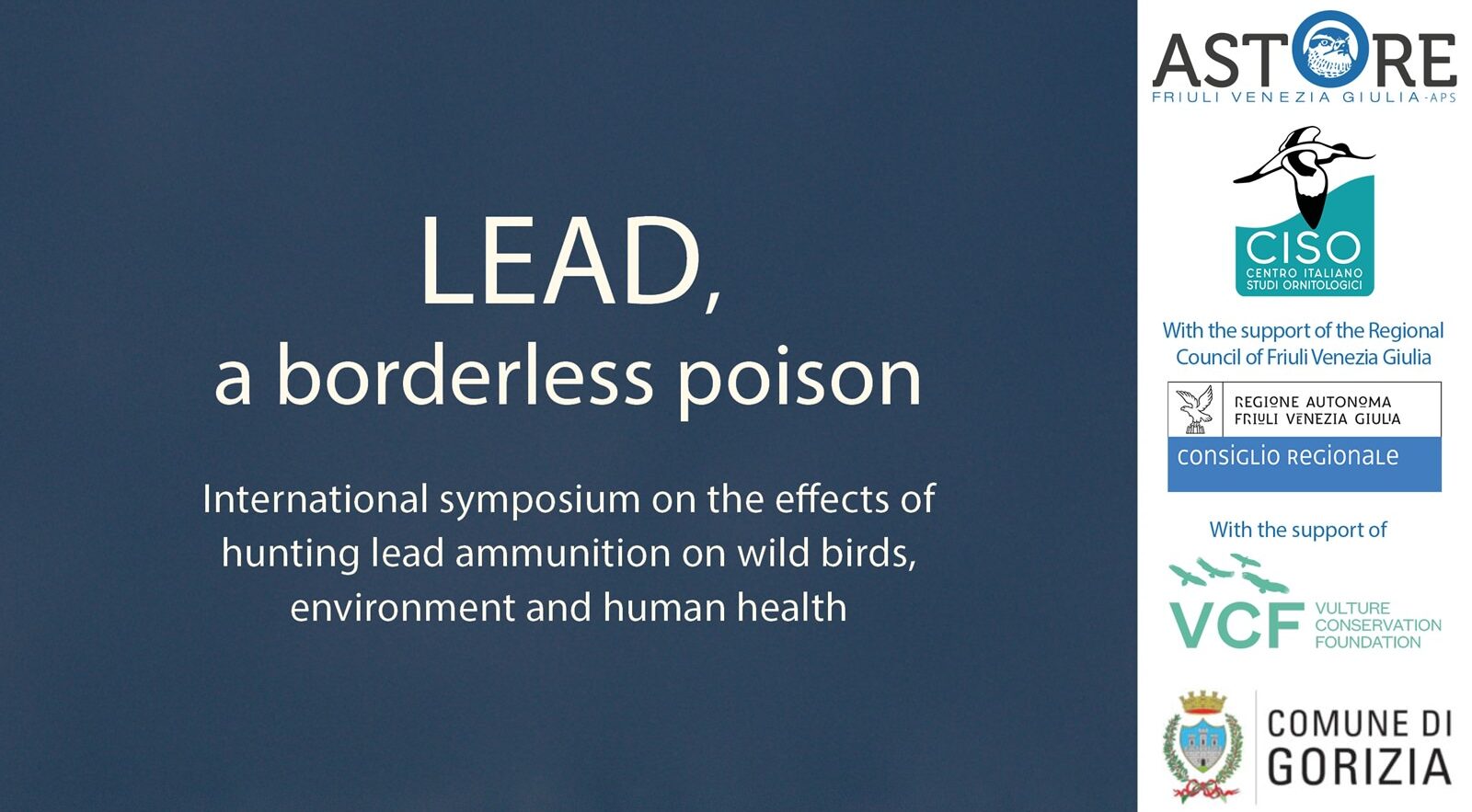The 2025 Bearded Vulture (Gypeatus Barbatus) reintroduction season in Andalusia came to a soaring finale on Monday, June 23, as “Acosta” stepped into the wild for the very first time. The release took place in the Sierras de Cazorla, Segura y Las Villas Natural Park, in the presence of Catalina García, Minister of Sustainability and Environment.
Acosta was the last to join this season’s adventurous trio, following Jaén and Granada, who took their own bold first steps into the wild just ten days earlier, on June 13, at the same location.

In a different location, at the Sierra Nevada National Park, Poqueira, Polarda, and Aznaitín had already been released in the beginning of June. That makes Acosta the sixth and final vulture released this June in Andalusia—a fitting crescendo to a season full of promise.
Celebrating 10 new chicks in Andalusia
This season has seen significant progress for the species, with ten Bearded Vulture chicks hatching in Andalusia—six in the wild and four in captivity. This marks a notable achievement for the region’s long-term conservation efforts.
The rising number of wild births is no coincidence—it’s the result of years of habitat protection, focused monitoring, and other conservation efforts, which helps captive-bred birds ease into life in the wild to develop their wild instincts.
Meet Granada and Jaén
Hatched in the Pyrenees in early March 2025, Jaén y Granada made their way south as tiny nestlings, thanks to the generosity of the Government of Aragón and the Fundación para la Conservación del Quebrantahuesos (FCQ). By the time they reached Guadalentín, they were just about 10 days old. There, they were raised carefully until their release on June 13.
See from the video below how Jaen and Granada were transported to the release site and started their life in the wild.
Filmed by © Teodoro Sánchez
Meet Acosta
Acosta, the female Bearded Vulture, joined the group ten days later. She received her name in honor of a technician from the Ministry’s Geodiversity and Biodiversity Service who played a key role in the administrative foundation of this year’s reintroduction efforts.
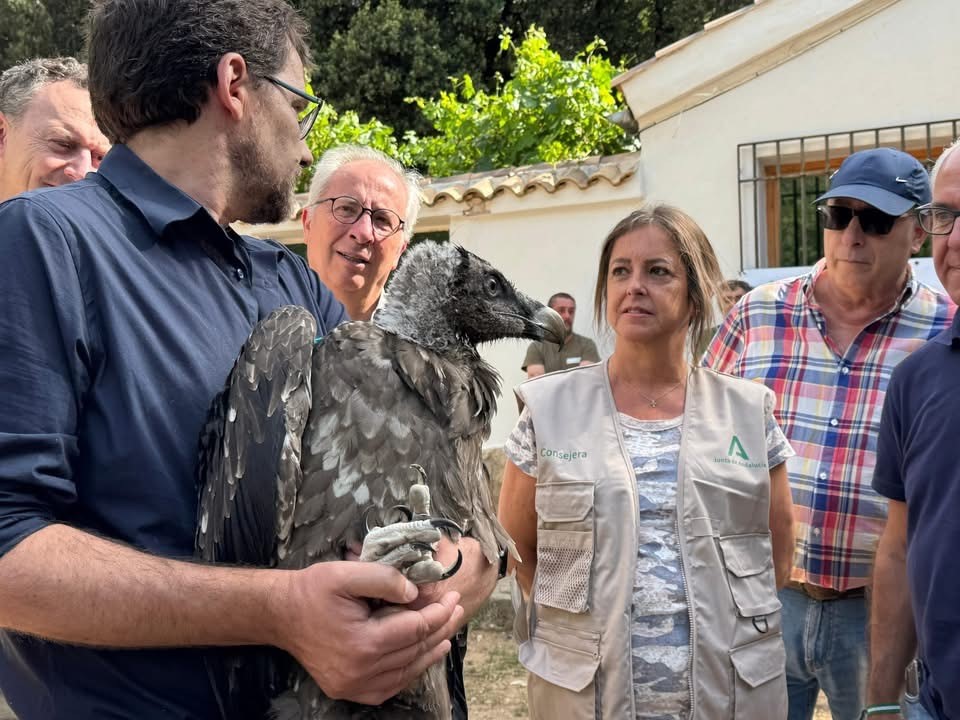
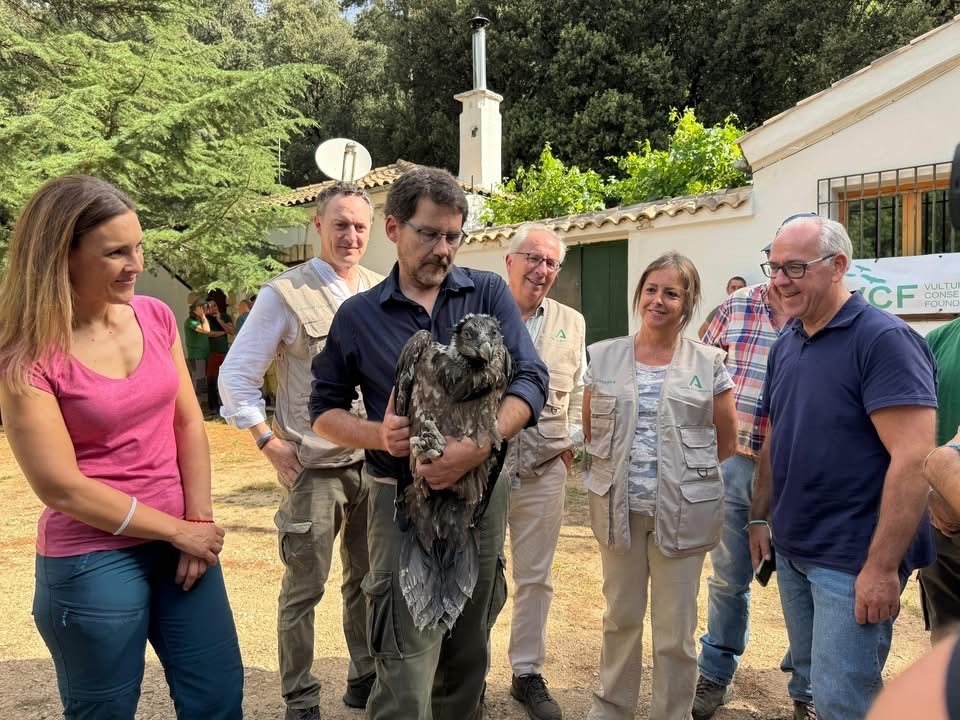
Like her predecessors, Granada and Jaén, she was also raised at the Bearded Vulture Captive-Breeding Centre Guadalentín. She was transferred to the release site to continue her development in the wild. This period, known as hacking, allows chicks to be fed without visual contact with humans, maintaining their natural instincts. After approximately 3-4 weeks after the release she is expected to fledge and take flight independently.
Guadalentín: A European leader in captive breeding
The Bearded Vulture Captive-Breeding Centre Guadalentín is located in Cazorla and has become one of Europe’s most respected institutions for the captive breeding of Bearded Vultures. In the last decade alone, the centre has welcomed 90 chicks, with 88 surviving—a testament to its high technical standards and expert care.
Currently home to over thirty Bearded Vultures, Guadalentín provides between 25% and 40% of all chicks hatched annually within the European captive breeding network Bearded Vulture EEP. The facility also supports a double-adoption system, enabling its experienced breeding pairs to rear chicks born in other centres unable to care for them.
New horizons
Since its launch in 2006, the Andalusian reintroduction programme has been steadily rewriting the story of the Bearded Vulture in Spain. With 96 birds released so far and the first wild hatching in over 30 years celebrated back in 2015, the future is beginning to look skyward once again.
In 2025, the Junta de Andalucía took a new step by initiating efforts to establish a population in the Sierra de Grazalema Natural Park. This area will become the southernmost Bearded Vulture release site in the European Union, creating an ecological bridge between the European and North African populations—an important step in strengthening the species’ genetic diversity and long-term survival.
Collaboration as the cornerstone
Behind every chick, every release, and every wild birth, there’s an extraordinary network of people working across borders and regions. The Junta de Andalucía, FCQ, and the regional governments of Aragón and Catalonia are at the heart of this collaboration.
As Acosta, Jaen and Granada settle into their new surroundings, they carry with them the hopes of a future where Bearded Vultures once again soar freely over all of Andalusia and beyond.


